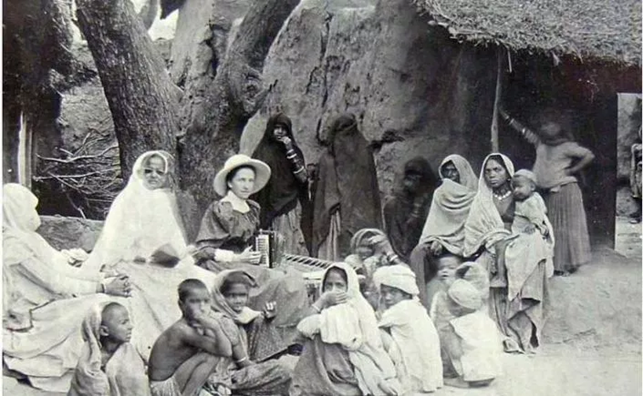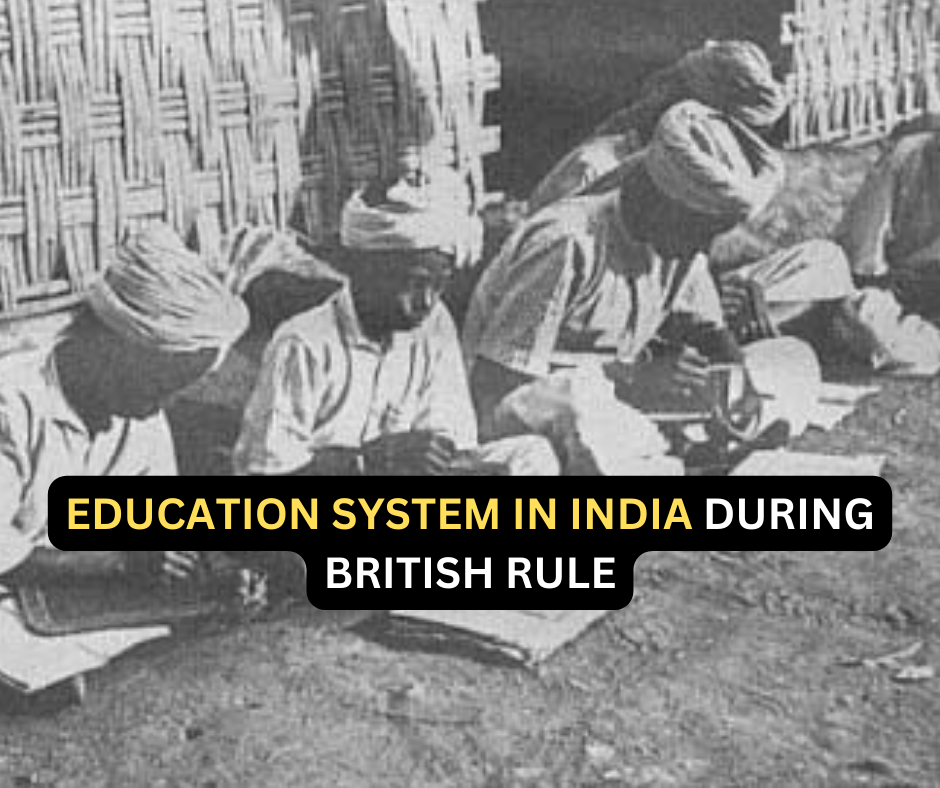From the ancient Gurukul system to today’s modern education, the Indian Education System has come a long way. The controversy about whether this transformation is good or bad will go on. However, in the scenario, we certainly cannot ignore the role of the education system in India during British rule.
British came to India over two centuries ago. They aimed to use the vast Indian market to sell their goods. However, the merchant eventually turned into a ruler. Taking advantage of the internal issues within the country, they captured India and made their colony.
They started dominating every aspect of the country, ranging from administration, transport, and agriculture to clothing, fashion, and education. The impact of British colonialism on the rest of the aspects was crucial but could be reduced with time. However, the impact on education was long-term. In fact, we still bear the traces of British colonialism in the education system in India.
The reason behind the British touch on our Indian education is certainly the education system they imposed on us during British Rule. In this blog, we will learn about the education system in India during British rule. From its history to its efficacy, everything will be discussed. So, without much ado, let’s proceed.
History of the Education System in India during British Rule
Under the supervision of Gurus or teachers, the ancient education system in India was going on. Later, the invasion of the Mughal Empire and other rulers from different parts of Asia added more layers to the education system. The crucial change in it took place when the British came. The education system in India during British rule was divided into two segments, namely,
- Education under the East India Company (before 1857)
- Education under the British Crown (after 1857).
You might have read about them more or less in your history books during school days. Let’s revise the essential points quickly.

Before 1857:
The aim was-
- to educate a group of Indian people so that they could assist the British in administrative work.
- to learn the customs, traditions, and laws in different regions within India.
The education system in India during British rule before 1857 was developed in such a way:
- 1781 – Warren Hastings, the then Governor-General of Bengal, established Calcutta Madarasa in Calcutta for Islamic Law Studies. It was the first educational institution.
- 1784 – William Jones founded the Asiatic Society of Bengal. The aim was to understand and learn about India’s culture, heritage, and history. Also, at that time, Charles Wilkins translated Bhagwat Gita into English.
- 1791 – Jonathan Duncan, a resident of Benares, established Sanskrit College to study and understand Hindu philosophies and laws.
- 1800 – Richard Wellesley, governor-general in Calcutta Fort, established William college for training the EIC’s civil servants in Indian languages.
- The Charter Act of 1813: A sum of Rs. 1 Lakh was decided to be utilized for educating Indian Subjects annually. Anyways, at this time, Christian missionaries were active in propagating religious teaching, with their primary focus on conversions to Christianity.
- The English Education Act of 1835: With this act, English was introduced but at a high price. Also known as Macaulay’s Minutes, this act promoted the English language, subduing all vernacular languages in India. So, whether Macaulay’s minutes was good for India or bad is still a question.
- 1835: the Calcutta Medical College and the Elphinstone College of Bombay were established.
- 1835, 1836, and 1838: Adam’s report on vernacular education in Bengal and Bihar was issued, showing vernacular education as defective.
- 1854 Wood’s Despatch: It attempted to envisage mass education in India. It issued certain regulations to ensure an even spread of education in all spheres of Indian society.
After 1857:
It was the time when different schools and colleges were established in India, including the convent schools managed by Christian missionaries. However, some changes also took place in the British education system in India. In other words, the education system in India during british rule went through modifications. Thus, it took the shape of the modern education that we see today.
Let’s see what happened at this time:
- The Hunter Commission on Indian Education in 1882: It was presided over by Sir William Hunter, appointed by Lord Ripon, the then-viceroy of India. The aim was to analyze the then education system in India during British rule. Also, it worked on streamlining high school education into two paths- university education and vocational training.
- Raleigh Commission in 1902: It was issued to review the university education system in India and led to the Universities Act of 1904.
- Indian Universities Act of 1904: As per the act, all universities came under the government’s control.
- Saddler University Commission (1917-19): It was set up to review and remodel the university education system in India, after poor performances of students at Calcutta University. It focused on multiple aspects, including secondary education, women’s education, teacher training, and so on.
Thus, the education system in India during British rule gradually became an indispensable part of the history of the Indian education system.
The Efficacy of the Education System in India during British Rule: What do Leaders Say
British began it to serve their own purpose, but it was destined to be something else. Indians accepted the education provided to them and used it as a weapon against the British. They learned about other nationalist movements and struggles for independence in other parts of the World.
They also grew self-confidence and rational thinking by learning wise words from authors and researchers worldwide. So as a result, they could then fight against British colonization with strength and strategies.
However, considering the dominance of the English language over other Indian languages, many leaders, including Mahatma Gandhi, opposed the imposition of British education in India. Also, there was an issue of a high surge in school fees which compelled them to speak against British education in India.

Indian Education System at British Period and Beyond: Lesser known Facts
- In 1911, the illiteracy rate in British India was 94%, while in 1921, it was 92%.
- The education created a gap among Indians, dividing them into two groups. One included educated people who used to adopt Western lifestyles and ideas. Another comprised of the uneducated Indians who used to perceive the educated ones as outsiders.
- The Father of Modern Legal Education in India is Neelkanth Ramakrishna Madhava Menon, a legend born in the British era.
- 1854 Wood’s Despatch was known as the Magna Carta of British Education in India.
- The education system in India during British rule did not promote women’s education much. One reason was that the government did not want to displease the orthodox nature of Indians. Also, another reason is that mostly women could not be employed as clerks.
Before We Go
British education, needless to say, brought significant changes in the socio-economic condition of then India. The education system in India during British rule had advantages and drawbacks. Major drawbacks included people’s negligence toward their vernacular languages, inclining toward Western culture, ignoring Indian traditions, etc.
Also, measuring an individual’s capability based on their English knowledge has become a societal norm. This is another issue resulting from the supremacy of British education. However, many organizations are taking initiatives to reestablish Indian heritage and culture in our education system.
We hope the system will embrace a suitable blend of ancient tradition and modern technology soon. Thus, it will enrich our students, paving the way to build a smart India.

Comments 0